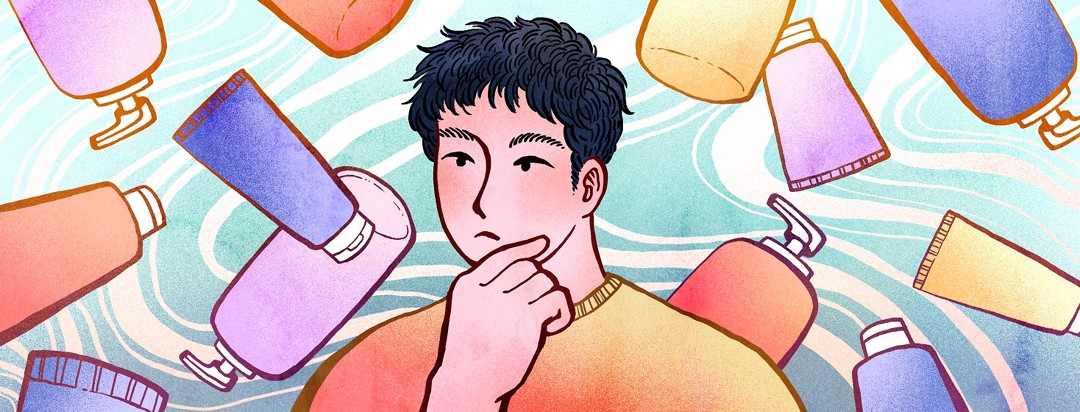Sunscreen: Mineral Vs. Chemical - Which is Better?
We can all pretty much agree that sunscreen is important - especially to those of us who have had skin cancer. The sun's harmful UV rays cause sunburn and increase the risk of skin cancer. But what do you really know about it and how it works? There are two types, and here is what you need to know about mineral sunscreen vs. chemical sunscreen so you can make an informed choice.
What is sunscreen?
Sunscreen is in a nutshell, protection from the sun. It has what is called an SPF which stands for sun protection factor. The higher the number, the more the protection from the sun. For those who are only in the sun during short periods of time, a lower SPF is acceptable. But anyone being in the sun for more than that can use a higher SPF. It is also important to remember to reapply sunscreen every couple of hours if you plan to be in the sun that long.
Mineral sunscreen
The way mineral sunscreen works is, its ingredients create a barrier on the surface of your skin. This barrier reflects UV rays away from the skin. There are two ingredients approved by the FDA in mineral sunscreen and these ingredients are titanium dioxide and zinc oxide. These sunscreen filters are good for day-to-day and prolonged, intense sun exposure because of their broad-spectrum protection against both UVA and UVB rays.
It is important to use this type of sunscreen correctly for it to work effectively. This means applying liberally approximately 15 minutes prior to being in the sun. A good rule of thumb is one ounce of sunscreen for the body in each application.
Chemical sunscreen
Chemical sunscreen is different because its ingredients work to penetrate the skin and absorb the UV rays. This works to mitigate any damage the sun can do before it happens. These ingredients include oxybenzone, avobenzone, octisalate, octocrylene, homosalate, and octinoxate. This type of sunscreen typically doesn't leave the white areas on your skin like mineral sunscreen and it is easier to rub in. Like mineral sunscreen, it should be applied 15 minutes before sun exposure.
Which is better?
Both work well to minimize the sun's harmful rays and both are considered safe by the FDA.1 However, it is important to know that the FDA has also called for more safety information on some of the ingredients in chemical sunscreen. These include avobenzone, oxybenzone, octocrylene, and ecamsule. The reason is that these are absorbed into the bloodstream.
Those with children over six months of age should consider mineral sunscreen and those who are worried about chemicals on their skin may want to stick to mineral sunscreen. Ultimately, the choice is based on your own personal preferences since both work well and are relatively safe. The important point to keep in mind is that it is safer to wear sunscreen than to risk skin cancer damage.

Join the conversation